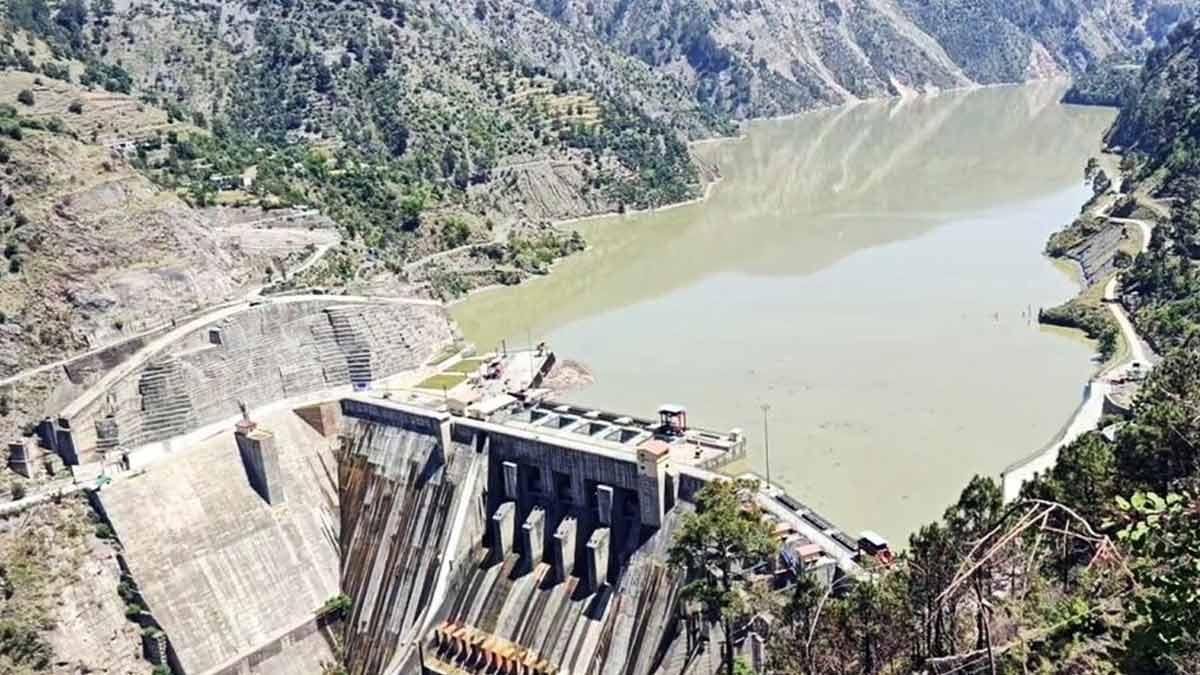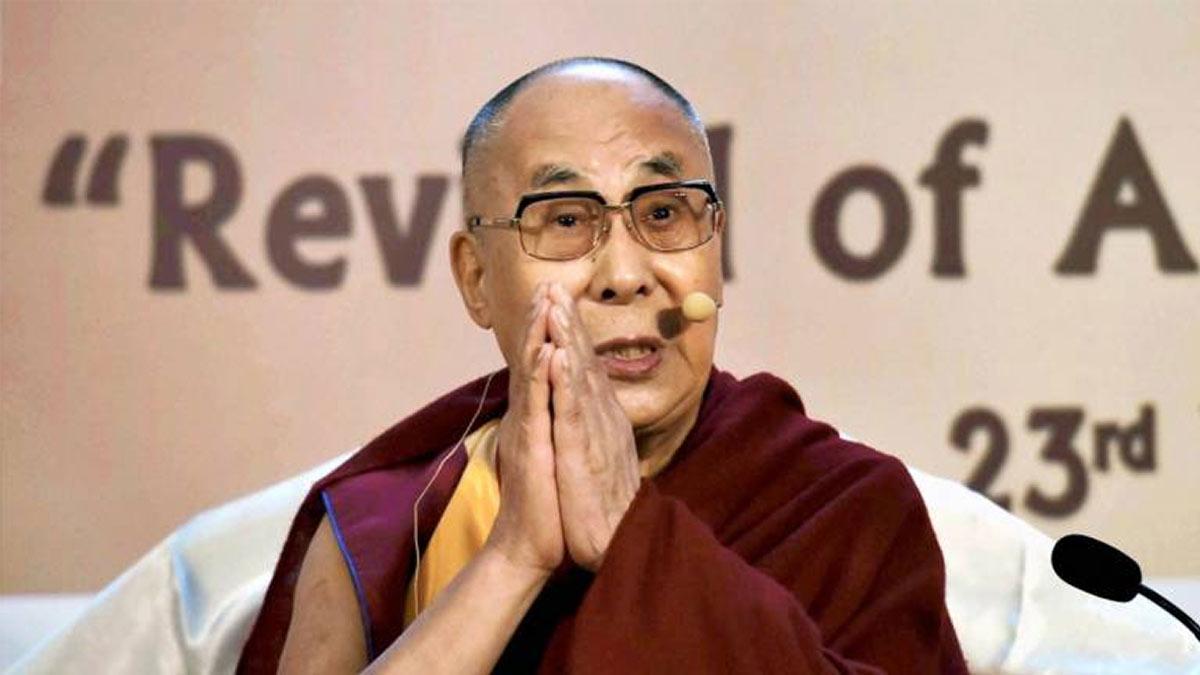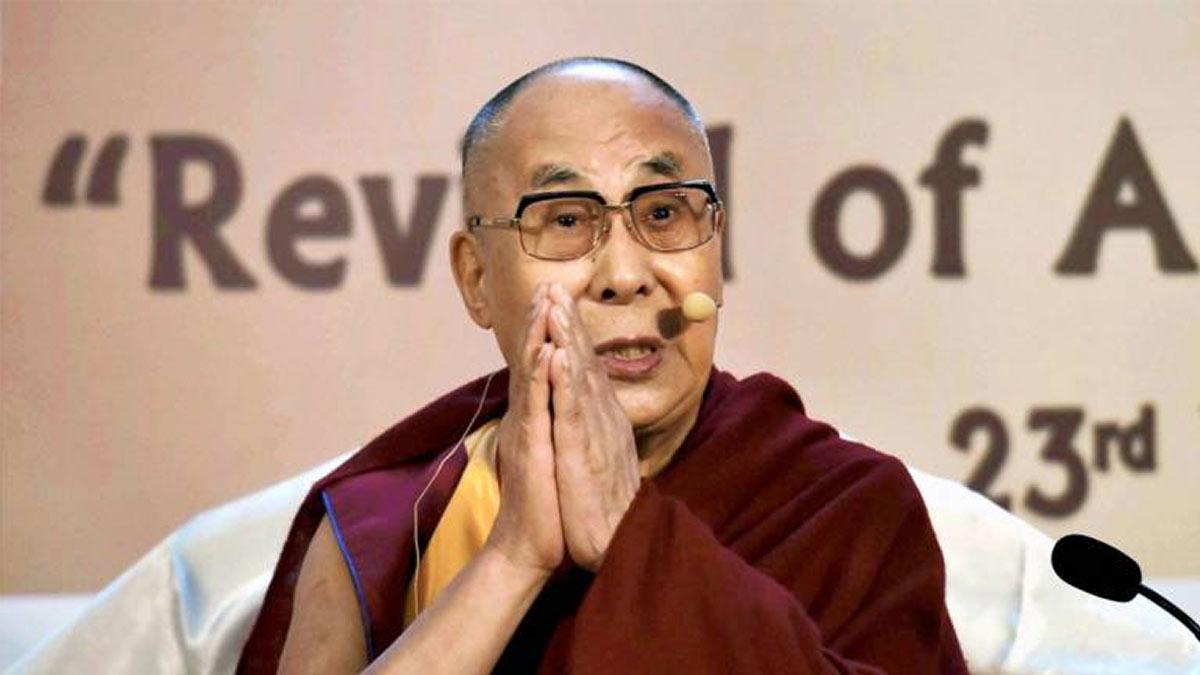India has suspended the supply of water to Pakistan from the Baglihar dam on the Chenab river and is set to curtail runoff from the Kishanganga project on the Jhelum river. This is in accordance with its previous decisions to discontinue letting any water from the Indus river system flow to its neighboring nation.
After one week of deliberation and hydrological reviews, India began de-silting at the Baglihar dam and reduced the sluice gates, reducing the downstream water supply to Pakistan by as much as 90%. The same operation is set for the Kishanganga dam. "These steps are all part of India's comprehensive strategy," an official of the National Hydroelectric Power Corporation (NHPC) said. "We have shut down gates of Baglihar hydel power project. De-silting of reservoir is done and it is being refilled," a second unidentified official stated.
India's move came days after Pakistan had conducted a test of its surface-to-surface ballistic missile on Saturday, and also banned Pakistani-flagged ships from berthing at Indian ports. India's first mega hydropower project in the northwestern Himalayas' Gurez valley, the Kishanganga dam, is also being repaired, which will include stopping all water releases downstream. Pakistan objected to both the Kishanganga and Baglihar dams, alleging their designs are contrary to the Indus Waters Treaty (IWT).
Following the increased tensions and after a terrorist strike in Pahalgam on April 22, India announced its decision to suspend the IWT, operational for more than six decades. "As India has suspended the IWT, we are looking for all possible means to utilize our river waters for the welfare of our people," said an official.
The Jal Shakti Ministry recently updated the Union Home Ministry on a range of steps to increase water supply to the northern states from the Indus river system. "We are prepared with severe punitive actions against Pakistan, and almost 50 engineers from NHPC are already in Jammu and Kashmir to monitor the operations," the first official said.
India is also progressing on four large hydropower projects on the Chenab river and its tributaries in Jammu and Kashmir, which are likely to be commissioned between 2027 and 2028. These projects—Pakal Dul (1,000 MW), Kiru (624 MW), Kwar (540 MW), and Ratle (850 MW)—are being developed under a joint venture between NHPC and the Jammu and Kashmir State Power Development Corporation (JKSPDC).
Prime Minister Narendra Modi laid the foundation stones for the Pakal Dul, Kiru, and Kwar projects in 2018, 2019, and 2022, respectively. The progress on these projects is uneven, with Pakal Dul at 66% completion, Kiru at 55%, Kwar at 19%, and Ratle at 21%. The progress on the Ratle project has picked up pace since 2023 and is likely to be completed by November 2028.
India also recently undertook the 930 MW Kirthai project, which is going through the required clearance process after a memorandum of understanding between JKSPDC and NHPC.
All these four projects, together having a capacity of 3,014 MW, will produce over 10,541 million units (MU) of electricity per year. Jammu and Kashmir has a total hydropower potential estimated at 18,000 MW, of which 11,283 MW of the potential has been located in the Chenab basin. But as much as 23.81% of the total hydropower potential has been utilized till date.
The total available in the river basins is separated into 11,283 MW in the Chenab basin, 3,084 MW in the Jhelum basin, and 500 MW in the Ravi basin. Nevertheless, a significant proportion of this is left untapped.
Read also| Pahalgam Attack Aftermath: India Halts Incoming Mails and Parcels from Pakistan
Read also| Pakistan Continues Unprovoked LoC Firing in J&K for Ninth Straight Day


















